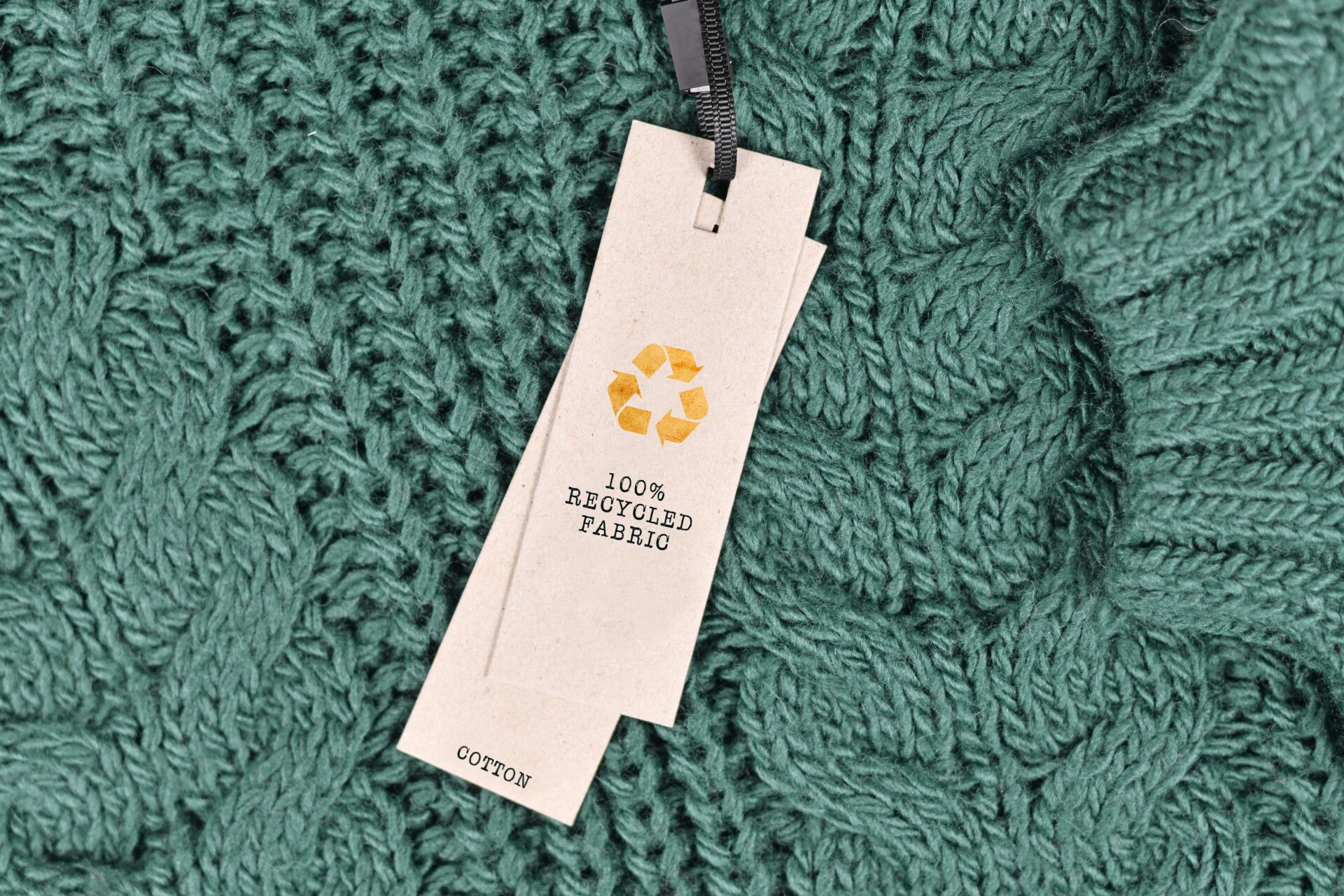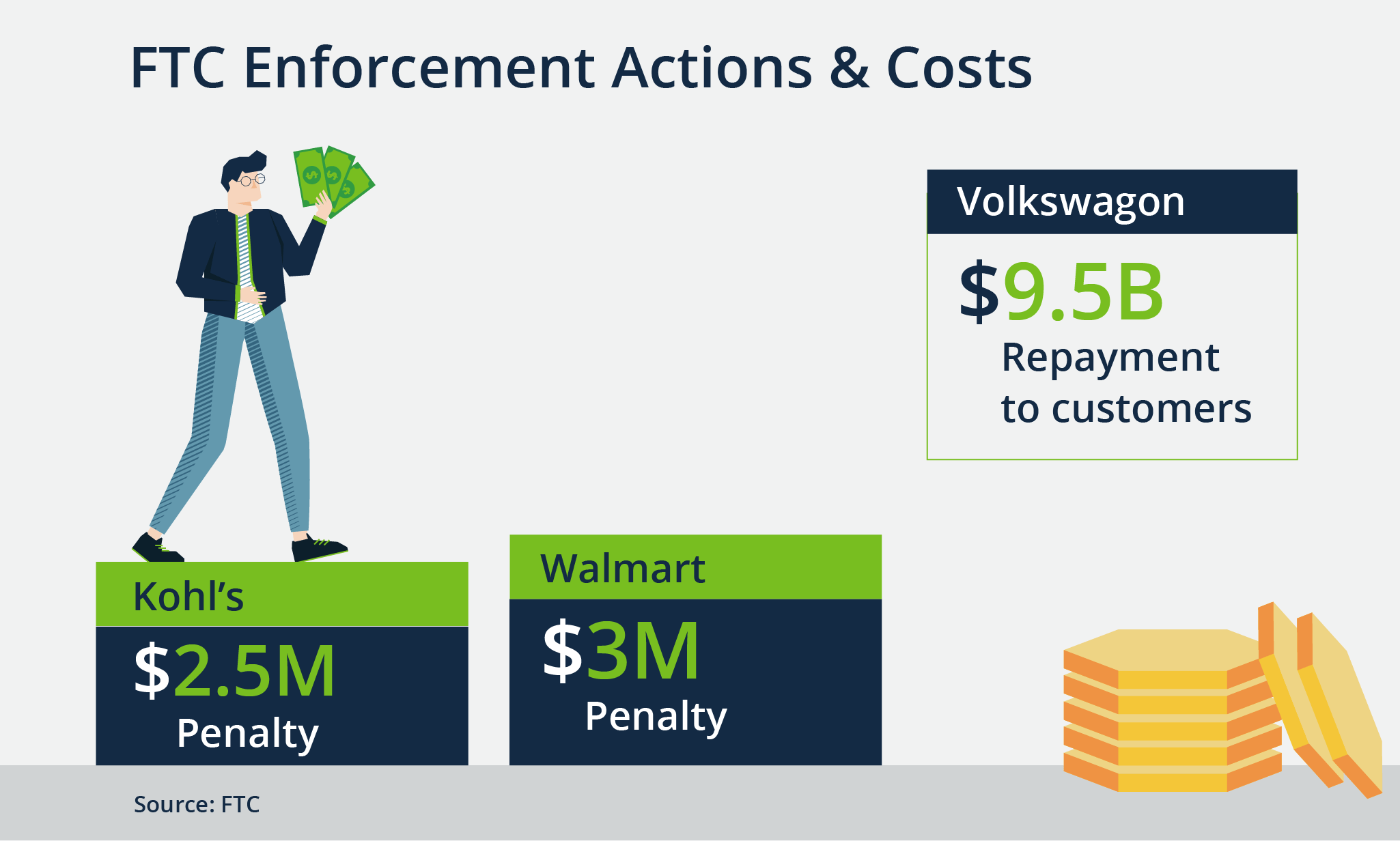Blog
FTC’s Green Guides: Potential Updates and Practical Considerations for Companies That Make Environmental Claims
| Regulators are going to regulate—and environmental issues continue to be a favorite topic. D&O Notebook has previously discussed the proposed climate disclosure rules from the SEC, and it would be a mistake for directors to limit their knowledge of regulatory interest to the SEC. In this week’s edition of the D&O Notebook, my colleague Lenin Lopez explains what the FTC is doing, including how its guidance might actually be helpful. –Priya Huskins |
The US Federal Trade Commission (FTC)’s Green Guides focused on "greenwashing" before it was en vogue. Originally issued in 1992 and revised in 1996, 1998, and 2012, the FTC designed the guides to help companies avoid making environmental claims that mislead consumers. The guides apply to a wide range of environmental claims, including those made by executives, in sustainability reports, by companies on their social media channels, and on company websites. The guides are just another set of standards that companies need to be mindful of, part of a kaleidoscope of rules, laws, and regulations concerning environmental claims.
Late last year, the FTC requested comment on whether to retain, modify, or rescind the Green Guides.
This blog will:
- Provide a brief background on the Green Guides and explain why they matter
- Discuss potential updates to the Green Guides and what to expect next
- Share a few key considerations for companies in light of the FTC’s ongoing review of the Green Guides

A Brief Background on the Green Guides
As noted above, the Green Guides were designed to help companies avoid making environmental claims that mislead consumers. Even though the guides are not agency rules or regulations, the FTC can take corrective action when conduct doesn’t align with the guides. Failure to comply with an FTC order could lead to civil penalties of up to $50,120 per violation.
The guides include general principles that apply to all environmental marketing claims, including how consumers are likely to interpret certain claims. They apply to “environmental claims made in labeling, advertising, promotional materials, and all other forms of marketing in any medium, whether asserted directly or by implication, through words, symbols, logos, depictions, product brand names, or any other means.” They also explain how companies can substantiate their environmental claims and how those claims can be qualified to avoid deceiving consumers.
Today, the Green Guides are divided into several categories of environmental claims including, among others, carbon offsets, “green” certifications and seals of approvals, free-of claims, non-toxic claims, recyclable claims, and compostable claims. Over the years, the FTC has brought several actions related to deceptive environmental claims as part of its overall effort to ensure that environmental marketing is truthful and substantiated. For example, the FTC initiated separate actions against Kohl’s, Walmart, and Volkswagen for deceptive environmental claims. The FTC ordered Kohl’s and Walmart to stop making deceptive green claims or using other misleading advertising related to certain of its products; the companies paid penalties of $2.5 million and $3 million, respectively. In the case of Volkswagen, the FTC action resulted in the company spending more than $9.5 billion to repay car buyers for the company’s misleading environmental claims.

Notably, the Green Guides do not preempt federal, state, or local laws. However, the FTC has indicated that compliance with those laws will not necessarily preclude an FTC enforcement action.
Potential Updates to the Green Guides
The FTC announced in December 2022 that it was seeking comments on potential updates to the Green Guides. The FTC’s request for comments was broad, including as to whether there is a continuing need for the guides, economic impact, interaction with other environmental marketing regulations, and whether the FTC should consider rulemaking to effectively turn the guides into enforceable requirements. The comment period ended on April 24, 2023.
The FTC received over 7,000 comments from a variety of parties, including pharmaceutical companies, tech companies, cosmetic companies, oil and gas companies, food and beverage companies, and toy companies.
Based on a review of several of these submitted comments, the general sentiment is that there is a continuing need for the guides. However, a common request is for the FTC to clarify aspects of the guides, including guidance related to “carbon offsets” and “net zero.”
This makes sense given that the guides were last revised in 2012. Since that time, a larger spotlight has been shown on environmental issues, including climate change. As a result, many companies have increased the degree to which they make environmental claims related to their products, packaging, services, manufacturing processes, and general operations. However, the challenge for many companies is how best to navigate through what has become a mosaic of differing environmental standards and regulations.
Along those lines, several commentators point out that several state laws and international standards differ from the guides, which creates a tenuous patchwork of differing laws, standards, and requirements. California, Illinois, Massachusetts, Michigan, and New York are examples of states that either just reference the guides or go above and beyond the guides.
| The FTC also requested feedback on whether it should consider rulemaking to effectively turn the guides into enforceable requirements. Many submitted comments are not supportive of the FTC initiating rulemaking. |
Some companies are recommending that the FTC wait for Congress to provide direction and resources before taking any rulemaking action. The idea that a regulatory agency should wait for direction from Congress before implementing environmental policies and/or rules is not new—just ask the Environmental Protection Agency (EPA) or the Securities and Exchange Commission (SEC).
Additionally, several submitted comments explain how the guides are critical to protecting consumers from corporate greenwashing and unfounded claims about sustainability. One company explained how the lack of consistency in terminology and standards in environmental claims creates confusion for consumers and erodes their trust. Further, the company argued that this “harms companies taking legitimate action by diluting and distorting the marketplace, and creates a barrier for companies seeking to efficiently join in taking meaningful climate action.”
What to Expect Next
We can expect the FTC to issue revised Green Guides, and there is always the possibility that the FTC will choose to go down the rulemaking path. However, given how fluid sustainability and environmental standards are, the FTC is likely better served maintaining the Green Guides as guides rather than jump into rulemaking. This approach allows the FTC to maintain flexibility and avoid legal challenges that rulemaking would provoke.
When should we expect revised Green Guides? If the past predicts the future, we may have to wait a couple of years. The last time the FTC revised its Green Guides, it proposed revised Green Guides in 2010, received over 5,000 comments, and adopted final revisions effective October 2012. Notably, in 2010 when the FTC sought comments, it offered up revised Green Guides. In the current instance, the FTC has simply sought comments on the current Green Guides rather than revised guides, so the starting line is set a few meters back.
Key Considerations for Companies
While revised Green Guides will be some time out in the future, the current Green Guides will continue to serve as the basis for state laws, regulatory actions, and lawsuits concerning environmental claims. With that in mind, what follows are a few key considerations for companies in light of the FTC’s ongoing review of the Green Guides.
Incorporate the Current Green Guides in the Review of Environmental Claims
Companies reviewing their environmental claims should ensure that the Green Guides are considered in those claims before they are finalized and publicized. While everyone within a company who drafts and/or reviews environmental claims can’t be a Green Guides expert, there should be a general appreciation of the guidance, as well as applicable laws and standards. This can be accomplished by having legal counsel, in-house or outside, provide an overview of the types of environmental claims that can be viewed as deceptive, pursuant to the Green Guides or through any other applicable rubric. It may also be worthwhile to give this same overview to members of management who discuss the company’s environmental claims with shareholders, analysts, and other stakeholders. Alston & Bird provides a discussion of the different legal and regulatory lenses through which companies may need to view their environmental claims.
Ensure That Environmental Related Claims Can Be Supported
This item may seem obvious, but the Green Guides describe what the FTC views as substantiating certain environmental claims. This often requires competent and reliable scientific evidence.
| The continued pressure for companies to make environmental claims certainly increases the risk of them making claims that are not as accurate as they could be. The pressure to report progress on things like reduction in greenhouse gases is a good example. |
We advise functional areas that develop or make environmental claims (e.g., marketing, investor relations, sustainability, and communications) to work with the legal and finance teams to develop repeatable processes to track and validate these claims.
Monitor Developments with the FTC’s Green Guides and Other Regulators
Albeit an egregious example, the Volkswagen case discussed above is illustrative of how regulators, like the Department of Justice and the Securities and Exchange Commission, can work together to bring enforcement actions when it comes to deceptive environmental claims. For this reason, it is worth keeping a pulse on what the FTC and other regulators are focusing on when bringing enforcement actions related to environmental claims, as well as any new guidance or regulations related to environmental claims.
Follow Developments in Climate-Related Litigation
The rate of climate-related litigation has been on the upswing, and directors and officers have even been named as defendants in some cases. To avoid making environmental claims that may be the basis for climate-related litigation, monitor how regulators and plaintiffs’ attorneys are investigating and/or challenging these claims. This article from Latham & Watkins discusses how the Green Guides are used in litigation, as well as instances where the guides are cited in court cases and administrative hearings.
Parting Thoughts
It bears repeating that the Green Guides were originally issued in 1992. While other regulators have only turned their focus to developing rules dedicated to environmental claims and related disclosure within the last few years, the FTC has been in the game for over 30 years. There is a significant value for companies in leveraging guidance included in the Green Guides, not just in terms of avoiding FTC enforcement actions, but also for refining approaches to developing accurate and supportable environmental claims.
Author
Table of Contents











